Atal Tunnel, named after former Indian Prime Minister Atal Bihari Vajpayee, was initially known as Rohtang Tunnel until 25th December 2019. On that day, Prime Minister Narendra Modi officially renamed the tunnel in honor of Shree Atal Bihari Vajpayee, on Vajpayee’s birthday. This tunnel is located in the Indian state of Himachal Pradesh. It passes under the Rohtang Pass in the eastern Pir Panjal range of the Himalayas. This tunnel connects the Solang Valley near Manali to Sissu in Lahaul and Spiti Valley. It significantly reduces travel time and provides year-round connectivity to the Lahaul and Spiti Valley, which were previously cut off for about six months every year due to heavy snowfall at Rohtang Pass.
Important features of the Atal Tunnel
- Altitude: Positioned at a general altitude of 3,000–3,100 meters (9,840–10,170 feet).
- Length:Extending for 9.02 kilometers (5.6 mi).
- Shape: The tunnel boasts a horseshoe-shaped cross-section.
- Width: With a finished width of 10.00 meters (32.8 feet) at road level, it includes an 8-meter pavement and a 1-meter footpath on both sides.
- Construction technique: Drill & Blast using New Austrian tunneling method (NATM).
The Atal Tunnel secured its place in the World Book of Records as the ‘World’s Longest Highway Tunnel above 10,000 Feet.’ This recognition, awarded on February 9, 2022, applauds the Border Roads Organisation (BRO) for its outstanding work in constructing this vital link.
Prime Minister Shri Narendra Damodardas Modi dedicated the Atal Tunnel to the nation on October 3, 2020, in the presence Rajnath Singh, Jai Ram Thakur and Anurag Thakur. This visionary project strategically connects Manali to the Lahaul-Spiti Valley, overcoming the challenges posed by freezing temperatures and difficult terrain. Before the tunnel, the Manali-Leh Highway remained closed for six months during winter, isolating Lahaul & Spiti. The Atal Tunnel has now reduced the distance by 46 km and travel time by four to five hours, ensuring all-weather connectivity.
Built amidst the harsh Pir Panjal Ranges, the tunnel faced formidable challenges – bone-chilling temperatures of -25 degrees in winter, seepage issues, and heavy snowfall. The Border Roads Organisation, with its motto ‘Connecting Places Connecting People,’ overcame these challenges, ensuring the tunnel’s completion.
The Atal Tunnel has not only provided a strategic advantage to the Armed Forces by offering an alternate link to Ladakh, it also has become a lifeline for residents, offering all-weather connectivity. The region has witnessed a surge in tourism, positively impacting the socio-economic landscape. The tunnel is poised to play a pivotal role in the ongoing development of the area.
Location of Atal Tunnel
The Atal Tunnel boasts two portals: The South Portal (SP) and The North Portal.
- South Portal (SP): Located 25 kilometers from Manali at an altitude of 3,060 meters, the South Portal marks the entrance to this engineering wonder.
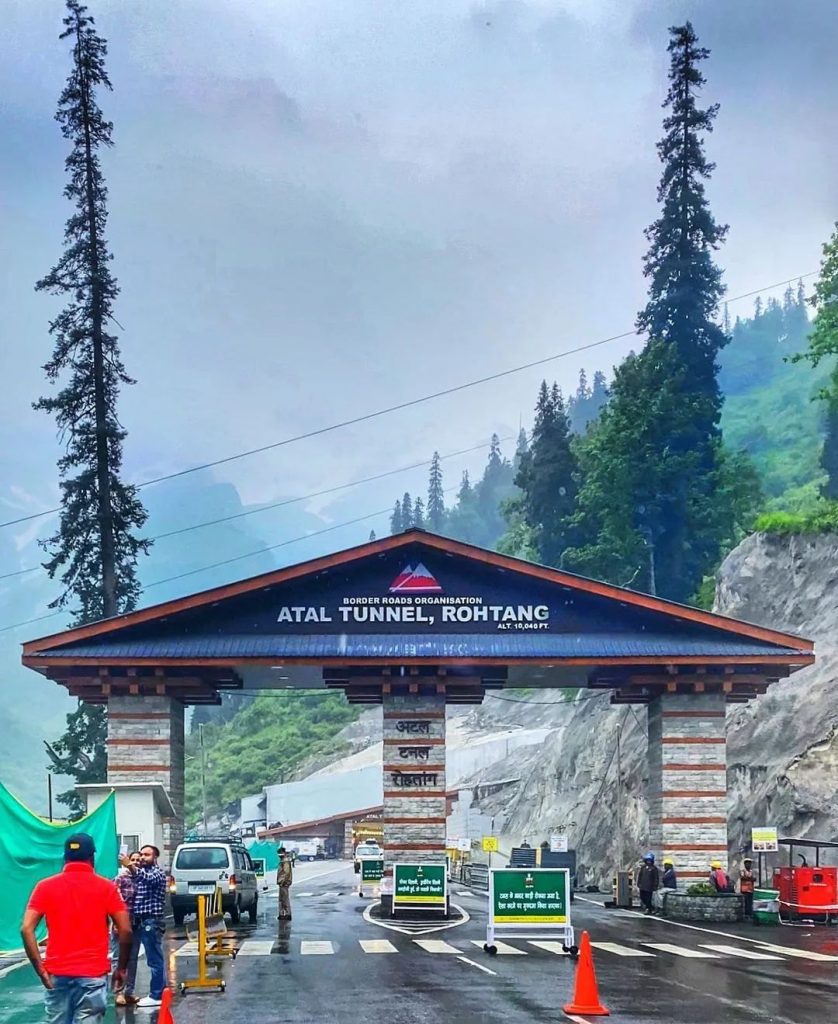
- North Portal (NP): Situated near the village of Teling, Sissu, in Lahaul Valley, the North Portal stands at an altitude of 3,071 meters, completing the journey through the Atal Tunnel.
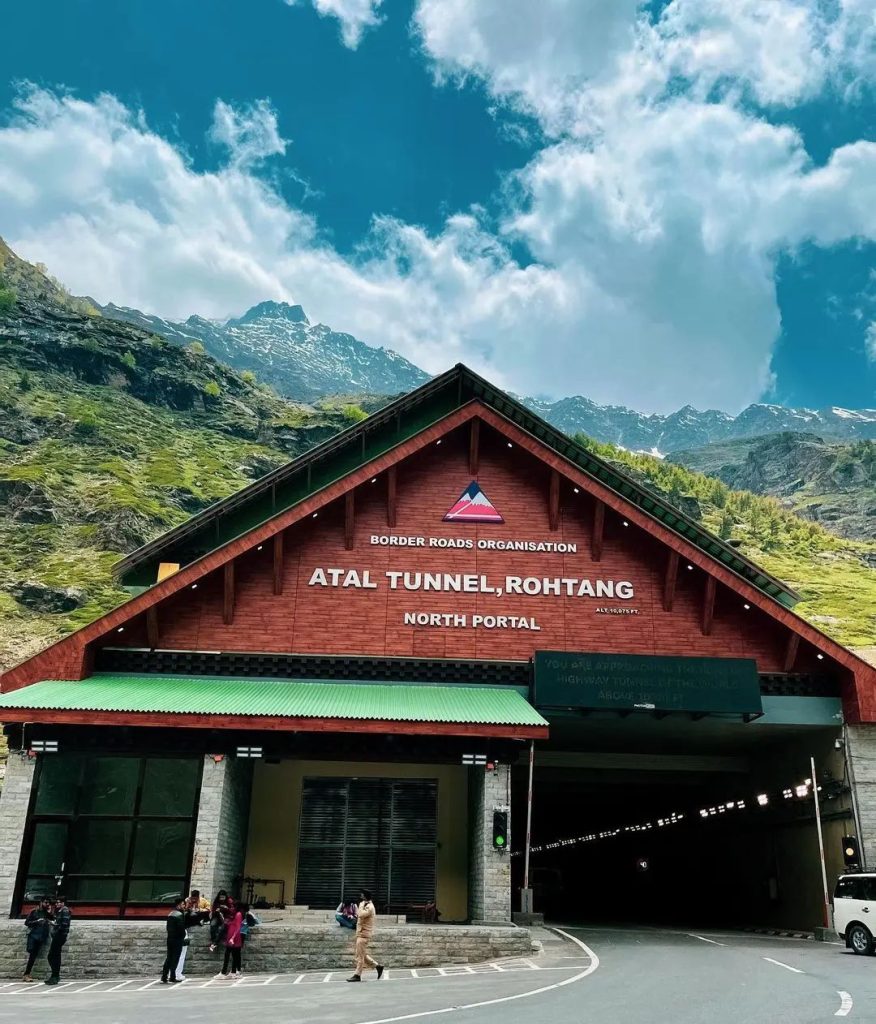
How to Reach Atal Tunnel?
- By Car:Driving through the Atal Tunnel offers a mesmerizing journey through the Pir Panjal ranges. Ensure you are well-versed in hill driving and comfortable navigating narrow lanes.
- By Train: Joginder Nagar is the nearest railway station to Manali. However, it’s convenient to reach Una, connected to New Delhi. Subsequent travel can be arranged by cab or HRTC bus.
- By Taxi:Taxis are available, but prices fluctuate based on demand and season. Negotiation skills come in handy to secure reasonable rates.
- By Air: Kullu Manali Airport, approximately 50 km from Manali, facilitates air travel with connections to Delhi and Chandigarh. Prepaid taxis are available to transfer from Bhuntar to Manali.
Best Time to Visit Atal Tunnel
It is a year-round destination due to its strategic location and significance. However, the best time to visit the Atal Tunnel largely depends on what you’re looking for in your visit.
- Summer (May to June): This is a popular time for tourists, as the weather is pleasant and the surrounding landscapes are in full bloom. The temperatures in the tunnel area are moderate, making it ideal for sightseeing and other outdoor activities.
- Monsoon (July to September): While the monsoon season brings lush greenery and enhances the beauty of the region, it can also lead to challenges such as landslides or road blockages in the mountainous area. If you’re visiting during this time, it’s important to stay updated on the weather forecasts and road conditions.
- Post-Monsoon (October to November): This period is considered one of the best times to visit. The monsoon has passed, leaving behind clear skies and a fresh environment. The clear weather provides excellent visibility for scenic views.
- Winter (December to April): The winter months offer a completely different experience, with snow-covered landscapes and the chance to see the region in its winter glory. However, heavy snowfall can sometimes lead to temporary closures of the tunnel for safety reasons. If you’re planning a winter visit, check for weather updates and be prepared for cold temperatures.
View this post on Instagram
Note: It’s always a good idea to check current weather conditions and any travel advisories before planning your trip to Atal tunnel.
Nearby Attractions of Atal Tunnel
Here are the following attractions that you can explore:
- Hadimba Devi Temple: An ancient cave temple dedicated to Hidimbi Devi, the wife of Bhima from the Mahabharata, adds a touch of spirituality to the journey.
- Dhungiri Van Vihar: This natural cave temple surrounded by lush greenery offers a serene escape for nature lovers.
- Kullu Valley: A broad open valley formed by the Beas River, Kullu Valley hosts the International Fair Dussehra and is a must-visit destination.
- Manikarn Sahib: Known for its hot water springs, Manikarn Sahib in the Parvati Valley offers a spiritual retreat in the lap of nature.
- Solang Valley: Famous for its stunning views of snow-capped mountains and glaciers, Solang Valley is a paradise for adventure enthusiasts with activities like zorbing and paragliding.
- Keylong Monastery: Located in the Lahaul and Spiti District, Keylong is an important stop and an amazing detour from the Leh-Manali Highway, featuring the serene Blue Pines Monastery.
- Sissu Falls: Known for its lush greenery, Sissu Falls is a cascade surrounded by vibrant vegetation, providing a refreshing stopover.
Conclusion!
The Atal Tunnel is not just a physical connection but a lifeline for the region, opening doors to unprecedented development and progress. As travelers journey through, they witness stunning landscapes and nearby attractions, experiencing the warmth of the region. The Atal Tunnel symbolizes progress, resilience, and a promise of a brighter, interconnected future for the valleys it unites.
Also read 3 Affordable Hill Stations In India One Should Never Miss!
So, plan your visit to the Atal Tunnel, and enjoy the beauty of the Himalayas through your lenses.

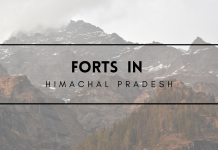


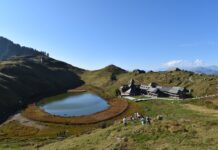


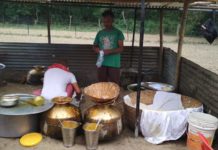

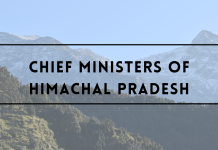

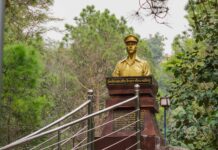
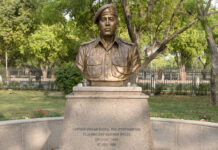

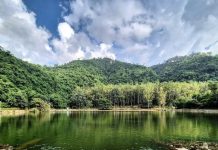
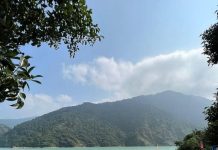
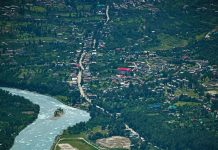
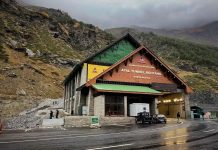
![Himachal Day: Read All About Himachal Pradesh day [15 April] Himachal Pradesh Day - BeingPahadia](https://www.beingpahadia.com/wp-content/uploads/2025/02/Himachal-Pradesh-Day-BeingPahadia-218x150.png)



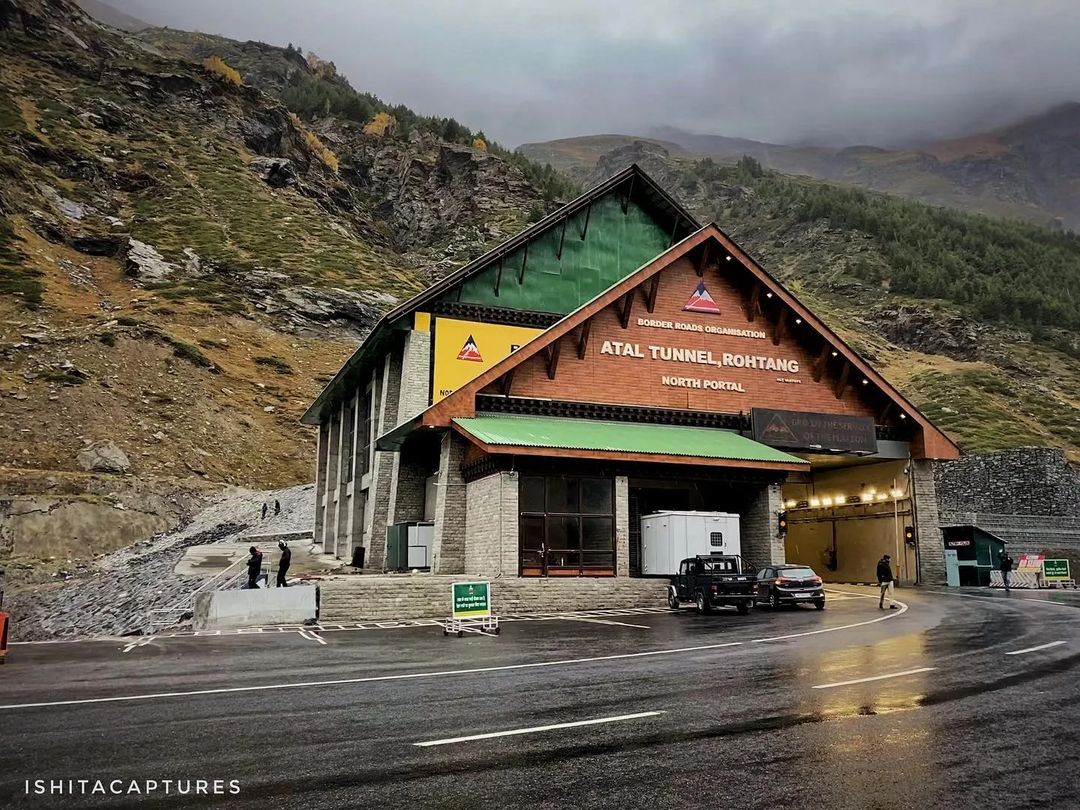
![Sidh Baba Balak Nath Shahtalai Temple in Deotsidh [Guide] Baba Balak Nath Temple Deotsidh](https://www.beingpahadia.com/wp-content/uploads/2023/04/Baba-Balak-Nath-Temple-Deotsidh-e1681616986690-100x70.jpg)

